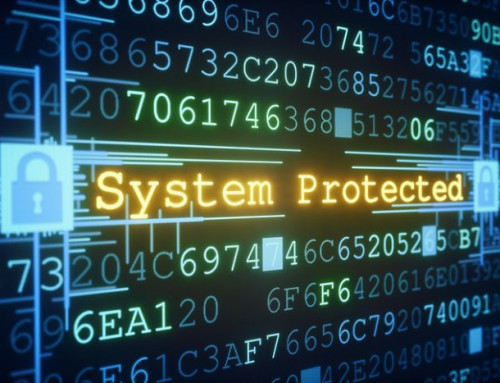Often we find our clients asking about new technologies they hear about in the e-learning world. One that keeps coming up over and over is the Tin Can API (sometime called Experience API or simply xAPI). So, exactly what is Tin Can API?
Watch the video:
Most hope your learning experience is far deeper than a collection of browser sessions. This is precisely what the authors of SCORM sought to correct. Understanding the value of the universal language like SCORM, yet trying to incorporate the many ways you learn.
They’ve developed the Tin Can API. This new learning language introduces powerful possibilities. At the same time it raises some questions yet to be answered. Let’s think for a moment about what is Tin Can API. What’s an API? Forgive the jargon, it’s just a way for devices to speak to each other. Programs, gadgets, anything digital can listen or talk with an API, and experience. Even though SCORM will still be here for a long time, this new language can sit alongside SCORM as an eventual successor, one that captures more learning experience then SCORM ever could.
If you read the official docs, the Tin Can API is all about activity streams. All this means is that it can describe any kind of ongoing activity, and it assumes you have an activity that the gadgets and programs will talk to. It’s called a Learning Record Store, or LRS. It could stand alone but it’s more powerful as part of a mature learning management system.
Think about it like this: You have a learning gadget, maybe an app, on your phone. When you learn something it tells the LRS. Sounds like SCORM, but SCORM only says ‘Jack completed course X with the score of fifty-percent’. An app with Tin Can API can say that too but it can offer any level of detail about how he took the course. And the learning object doesn’t need to reside in an LMS. Imagine how you could improve your training if you could see click-by-click where students struggled or grew frustrated.
Tin Can API has more to offer. It allows any kind of message that says ‘somebody did something’ and you may add details about the context, the results, and the authority of the sender of the message. It’s clear why these options may be needed; ‘Bob failed hang gliding’ mean something very different when you consider context. With care and planning this new tool can be used effectively.
Tin Can API promises to allow self-reporting achievements; it could be a personal portfolio – a designer can record screenshots and other details of her projects, a team member can record his contributions. In many ways it goes well beyond SCORM. One restriction is that with SCORM you can only record an activity that it is prepared to hear. The Tin Can API can define its words at the same time it sends them.
It’s extremely also flexible. Unlike with SCORM, your gadget or app only needs occasional Internet connectivity so learning can now move to the mobile device or remote location. It can take advantage of any feature on your device – if you’re learning uses GPS or the gyroscope it can record that learning activity in detail. If your device is specialized to an occupation or task, the Tin Can API adapts to it.
Conversely, this raw power can also be a problem; we use words inconsistently. There are many ways to say the same thing, whether learners complete, conclude, or accomplish the training, their records should look the same. The definition your device sends with your message isn’t, enough it still requires interpretation, or the data is incoherent.
Learners might also be to selective for inconsistent in their reporting, and they might lack self awareness. You would hesitate to combine self-reported achievements with data that’s impartial and authenticated.
Tin Can API is a universal language that describes your learning experience, and can be understood with a depth of understanding unthinkable with SCORM. However to be effective it will need to be used properly, with discipline and planning.


